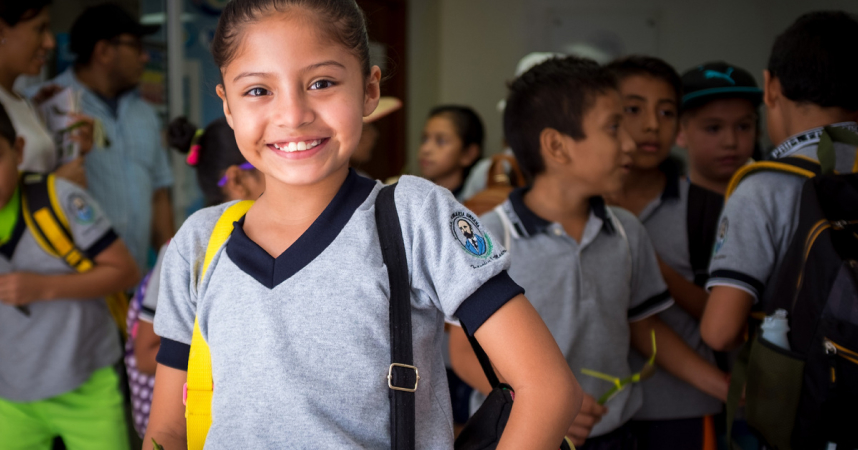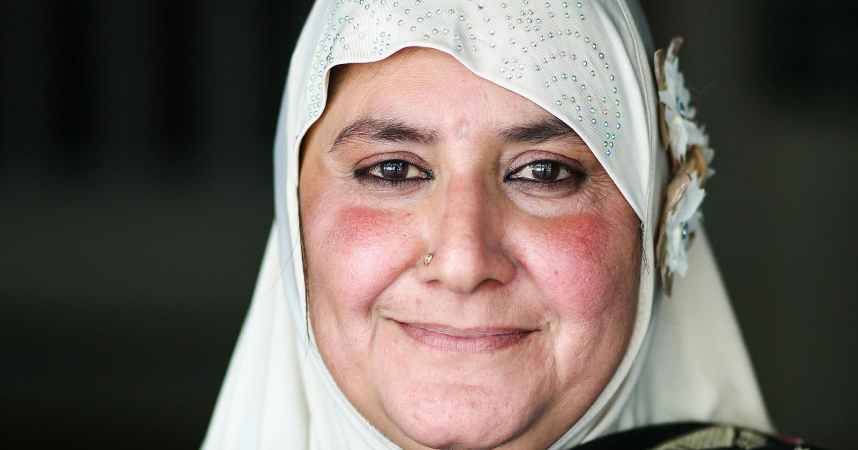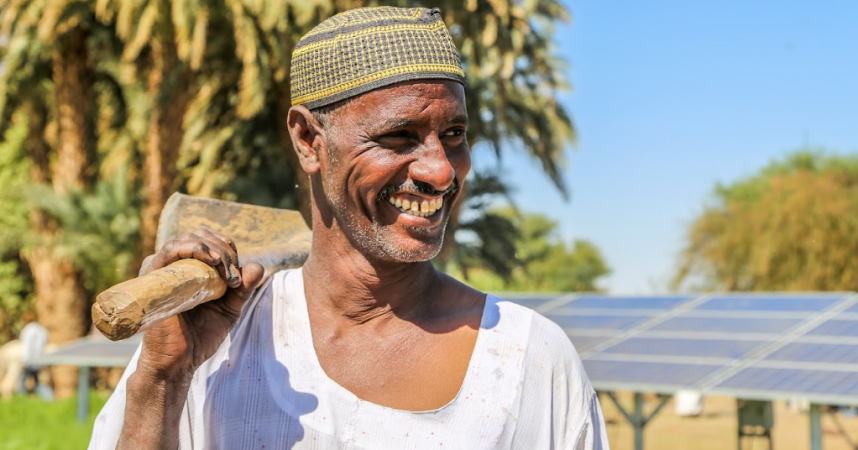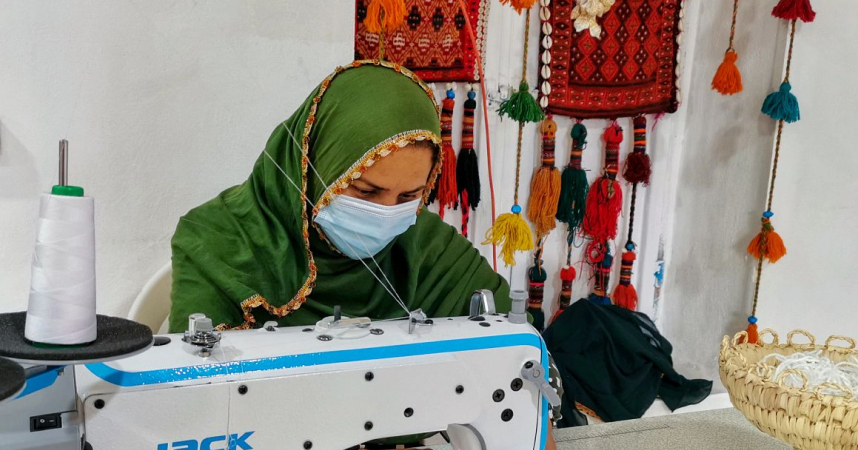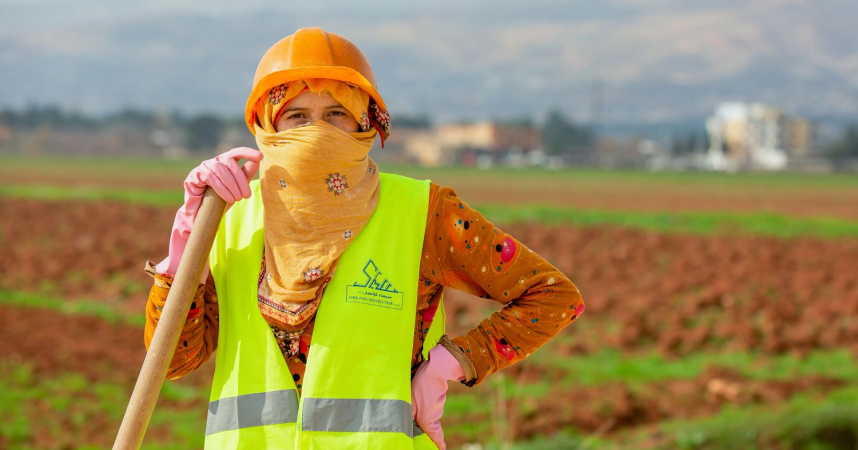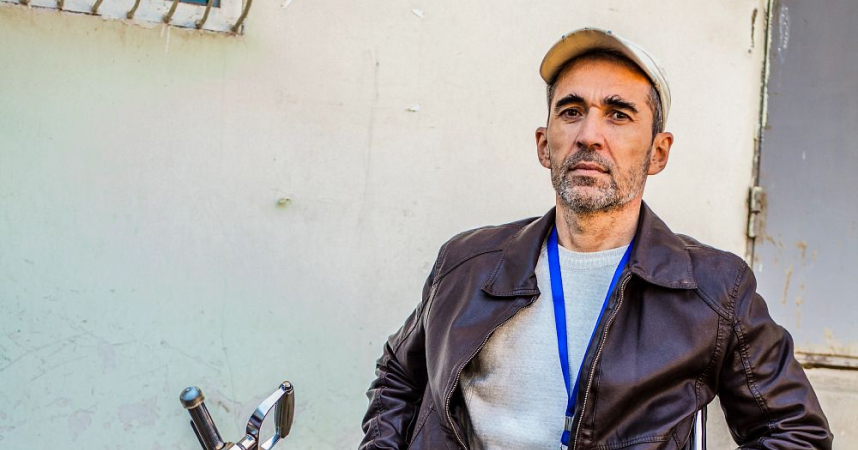Goal 12: Responsible consumption and production
Ensure sustainable consumption and production patterns





2021

828M
people were facing hunger.
13.2%
of the world’s food was lost after harvest.

The percentage of food lost globally after harvest – at the farm, transport, storage, wholesale and processing levels – usually attributed to structural inadequacies, is estimated at 13.2 percent in 2021. This is unchanged from 2016 and far from the target of halving post-harvest food losses by 2030.
Goal 12 is about ensuring sustainable consumption and production patterns, which is key to securing the livelihoods of current and future generations. Unsustainable patterns of consumption and production are root causes of the triple planetary crises of climate change, biodiversity loss and pollution.
Fossil fuel subsidies have returned to 2014 levels despite calls for a phase-out. In 2021, governments spent an estimated US$732 billion on subsidies for coal, oil and gas, nearly doubling the $375 billion spent in 2020. Fossil fuel subsidies create distortions in energy markets, hinder the transition to cleaner and more sustainable alternatives, and undermine efforts to combat climate change.






Governments and all citizens must work together to improve resource efficiency, reduce waste and pollution, and shape a new circular economy.



By maximizing the socio-economic benefits of resources while minimizing their negative impacts, we can speed up the decoupling of economic growth from resource use. And while reporting on corporate sustainability has tripled since the beginning of the SDG period, the private sector still needs to significantly improve reporting on activities that contribute to the SDGs.
Plastics 101
Our relationship with plastics is driving nature loss, creating health risks and fuelling the climate crisis. An ambitious global plastics treaty is our best bet to beat plastic pollution. By the end of 2024, UN Member States are expected to complete the negotiation of a global deal to radically transform the way we produce, consume and dispose of plastics.
As talks on how to realize this goal are under way, we compiled some of the key terms and concepts shaping discussions to help you stay informed and follow the negotiations with ease.

Photo credits
-
UNDP Kenya
-
Shutterstock/Parilov
-
UNDP Kosovo/Arben Llapashtica
-
Shutterstock/Toni Aules




